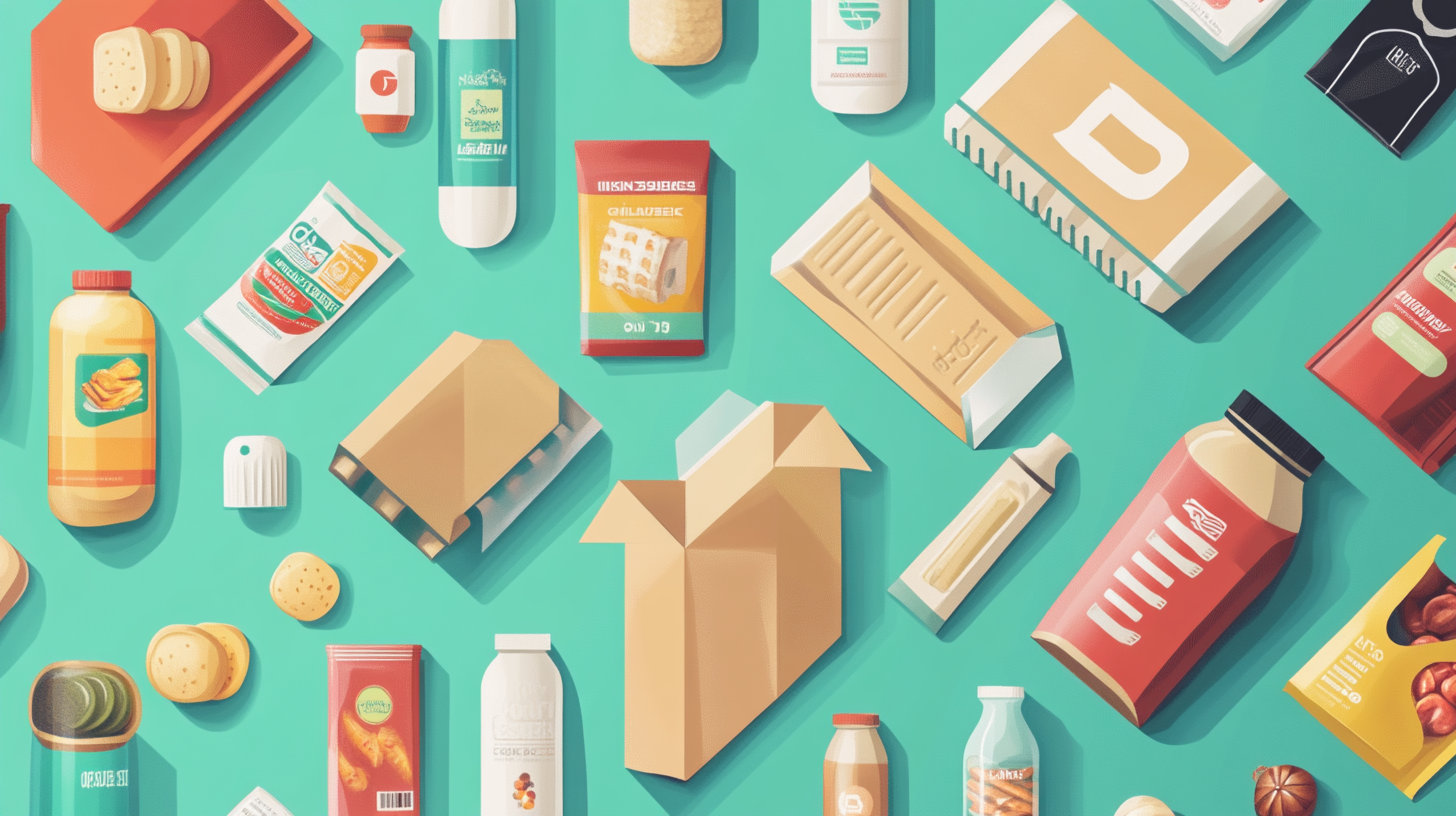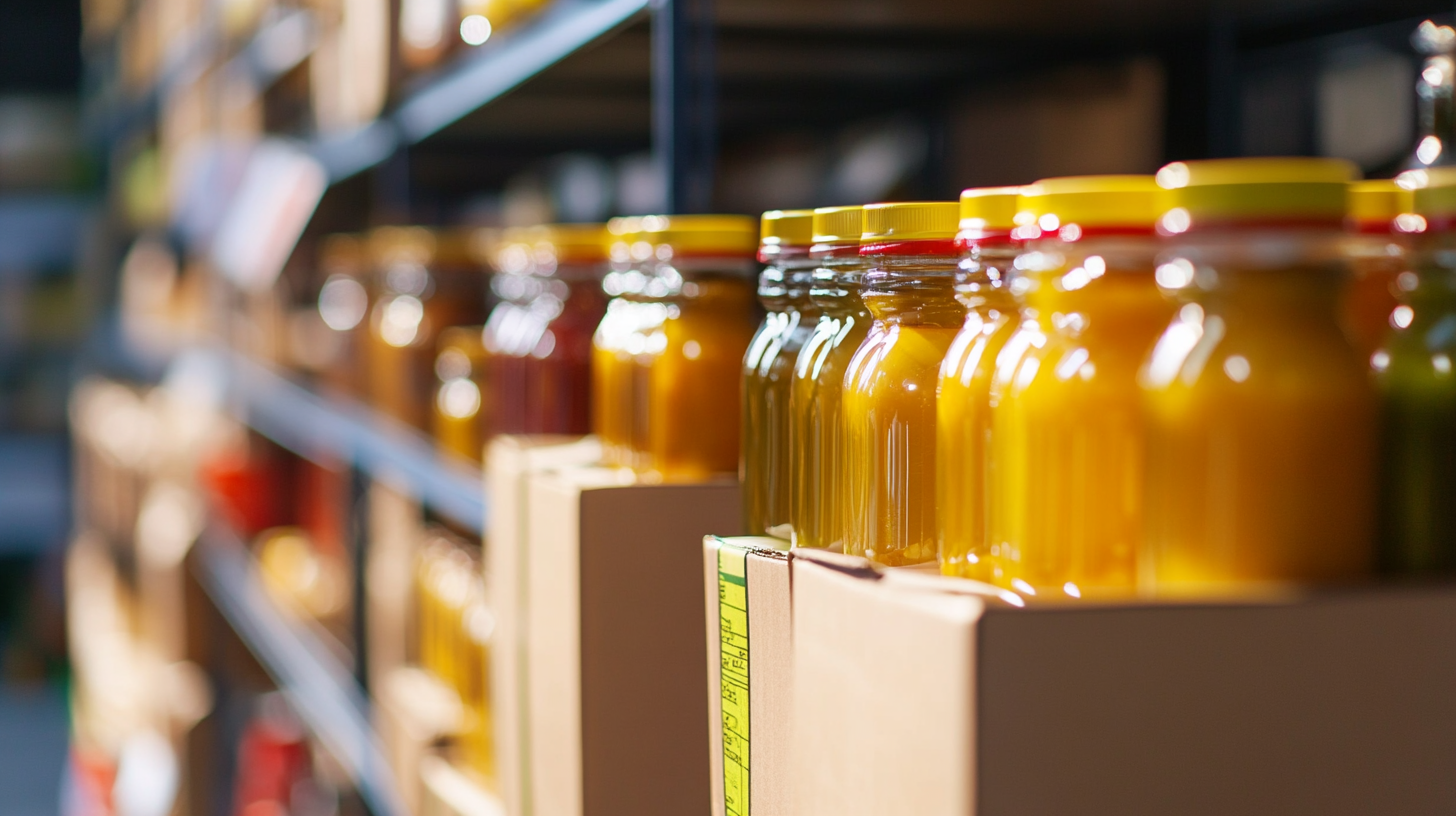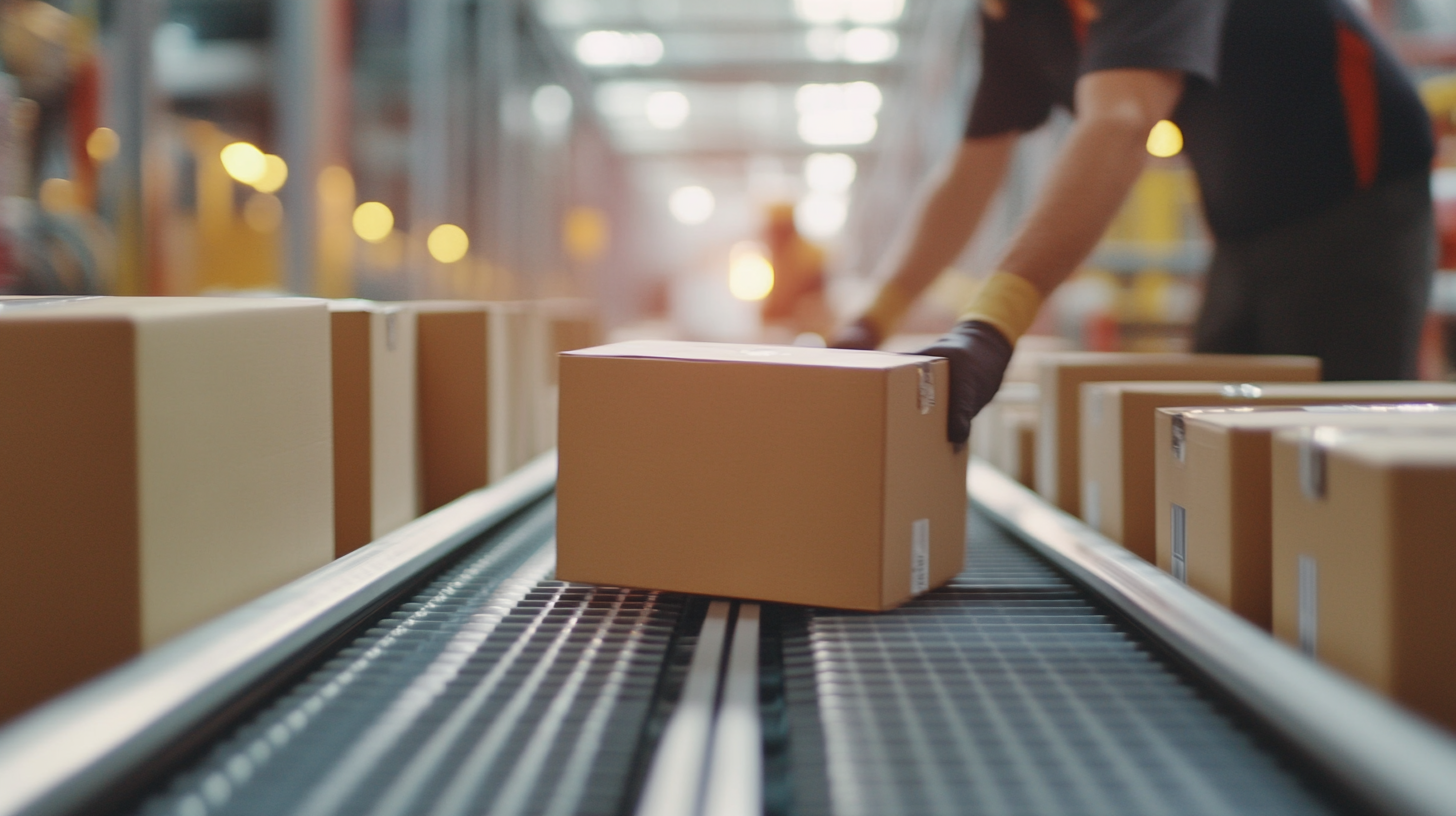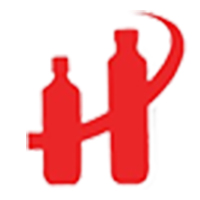In today's competitive marketplace, the importance of efficient and effective Business Packaging cannot be overstated. As companies strive to enhance their brand visibility and customer satisfaction, the selection of appropriate packaging solutions has become a critical decision-making process. Proper packaging not only protects products during transit but also serves as a powerful marketing tool, conveying the brand's identity and values to consumers. With a myriad of options available, from eco-friendly materials to innovative designs, businesses must carefully evaluate which packaging solutions offer the best value for their needs.
To make informed choices, companies need to consider various factors that influence packaging efficacy, including cost, sustainability, and functionality. In this blog, we will explore the different Business Packaging options available and assess their strengths and weaknesses. By analyzing key elements such as material quality, design trends, and logistical efficiency, we aim to provide insights that will help businesses determine the most suitable packaging solutions that not only meet their operational requirements but also enhance their overall brand appeal.

Effective packaging plays a crucial role in today's business landscape, influencing not only brand perception but also consumer purchasing decisions. According to recent trends, sustainable packaging solutions are at the forefront of industry innovation. A significant development was observed on February 28, 2025, during a groundbreaking event in Shandong, where the world's first mass-produced water-based barrier technology paper machine was unveiled. This innovation represents a leap towards greener packaging alternatives that can effectively safeguard products while minimizing environmental impact.
Market analysis illustrates the rising importance of sustainable practices in consumer packaging. A report underscored that the global market for alcohol packaging, which encompasses various materials like glass, metal, and paper, is projected to grow significantly, indicating a rising consumer preference for eco-friendly options. Furthermore, NielsenIQ's recent report highlights the shifting climate towards sustainability in the consumer packaging sector, suggesting that companies adapting to these changes not only improve their brand image but also tap into the increasing consumer demand for responsible packaging solutions.
In related sectors, the packaged meat market is also demonstrating considerable growth, projected to surge from $55.04 billion in 2025 to an estimated $85.49 billion by 2032. This shift is fueled by advancements in packaging technology, coupled with a consumer base that is increasingly aware of sustainability issues. Brands that embrace innovative packaging approaches will not only enhance their operational efficiency but also resonate more strongly with modern consumers who prioritize environmental stewardship.
In today's highly competitive marketplace, evaluating the cost-effectiveness of various packaging solutions is crucial for businesses aiming to optimize their budgets while maintaining quality. A recent report by Smithers Pira indicates that the global packaging market is projected to reach $1 trillion by 2024, highlighting an immense opportunity for businesses to invest wisely in packaging that enhances product appeal and protects goods efficiently. Among the different options available—from sustainable materials to luxury packaging—finding the right balance between cost and functionality is essential.
For instance, eco-friendly packaging has gained traction, with research from the Paper and Packaging Board reporting that 72% of consumers prefer recyclable packaging. While these sustainable options may come at a higher initial cost, they can significantly reduce waste management expenses and improve brand loyalty, ultimately translating into long-term savings. Additionally, using customizable packaging can streamline operations, as tailored solutions often lead to reduced shipping costs and fewer damages during transportation.
Moreover, advanced technologies like smart packaging are emerging, providing not only protection but also additional value through enhanced customer engagement. According to a study by Mordor Intelligence, the smart packaging market is expected to grow at a CAGR of 6.5% from 2021 to 2026. While the investment in smart packaging may be higher upfront, the potential for improved user experience and brand differentiation can justify the costs, leading to increased sales.
Ultimately, when comparing the cost-effectiveness of various packaging solutions, it is crucial for companies to conduct thorough assessments. Evaluating the lifecycle costs, consumer preferences, and market trends enables businesses to select packaging that not only meets their current needs but also positions them favorably for future growth in a dynamic environment.
This chart compares the cost-effectiveness of various packaging solutions based on their price per unit and functionality score. A lower cost with a higher functionality score indicates a better value.
As businesses increasingly prioritize sustainability, assessing the environmental impact of packaging has become crucial. The newly launched UP Scorecard Version 1.0 offers a comprehensive tool for evaluating food packaging, highlighting that sustainability attributes are now considered vital indicators of life cycle environmental impacts. This is particularly relevant in the food supply chain, where manufacturers and suppliers are urged to adopt practices that mitigate waste and minimize ecological footprints.
According to recent reports, the surge in e-commerce has led to rising consumer concerns regarding the environmental ramifications of online shopping. Data reveals that consumers are not only looking for convenience but also demanding eco-friendly alternatives, prompting companies to reconsider their packaging strategies. Traditional materials, especially single-use plastics, are under scrutiny for their detrimental effects on the environment, urging brands to explore sustainable packaging solutions that align with consumer preferences.
Furthermore, Life Cycle Assessments are vital for understanding the environmental footprint of various packaging substrates. Studies show that different materials, such as glass versus plastic, have distinct impacts throughout their life cycles, influencing choices in packaging design. A commitment to sustainability is becoming increasingly essential as the food supply chain navigates these complexities. By implementing frameworks like SPHERE, businesses can effectively integrate sustainability and circular economy principles into their packaging choices, ensuring a thoughtful approach to environmental stewardship in product delivery.

In today’s competitive market, packaging design significantly influences customer experience, playing a critical role in shaping consumer perceptions and purchasing decisions. Recent studies highlight the importance of how product pricing and packaging information impact buyer behavior while also emphasizing customer satisfaction as a mediating factor. A well-designed package not only serves functional purposes but also conveys essential product information that can either attract or mislead consumers. This duality suggests that companies must prioritize clear, honest communication through their packaging to enhance the customer journey.
The rise of generative AI in physical product design further illustrates the intersection of technology and consumer experience. While these tools can expedite the design process and foster innovation, they underscore the necessity of human expertise in crafting packages that resonate with consumers. The implications of this approach are particularly evident in sectors like e-commerce, where the first impression of a product—often delivered through its packaging—can dictate the likelihood of a successful sale. By focusing on attractive, informative, and user-friendly packaging, brands can not only meet customer expectations but also drive higher satisfaction and loyalty.
Moreover, the ongoing shift towards sustainable practices calls for an evaluation of packaging solutions that align with consumer values. As reusable and eco-friendly packaging options gain popularity, companies must be attentive to consumer preferences and the environmental impact of their packaging decisions. By integrating sustainability into their packaging design, brands can enhance customer experience, tapping into a market segment that increasingly prioritizes responsible consumption. Such strategic alignment can result in a meaningful connection with consumers, fostering lasting brand loyalty.
The packaging industry is undergoing a significant transformation as businesses strive to meet evolving consumer preferences and sustainability goals. According to a report by Smithers Pira, the global market for sustainable packaging is expected to reach $500 billion by 2024, driven by increasing demand for eco-friendly materials. Companies are prioritizing packaging solutions that minimize environmental impact while maintaining functionality and cost-effectiveness. This shift highlights the critical need for businesses to stay ahead of industry trends to enhance their competitive edge.
Moreover, advancements in technology are revolutionizing the way products are packaged. The adoption of smart packaging, which includes features like QR codes and sensors, is on the rise, projected to grow at a CAGR of 18.5% through 2025, as per Research and Markets. These innovations not only improve user experience but also provide brands with valuable data on consumer behavior, leading to more targeted marketing strategies. The integration of automation in manufacturing processes is another trend that is reshaping the economic landscape, allowing for faster production times and reduced labor costs.
Additionally, shifting consumer expectations are placing increased importance on transparency and traceability in packaging. A study by Nielsen revealed that 73% of millennials are willing to pay more for sustainable offerings, highlighting a clear demand for brands to adopt practices that resonate with their values. As businesses evaluate packaging options, recognizing these industry trends is vital not only for reducing costs but also for ensuring long-term viability in a competitive market.

